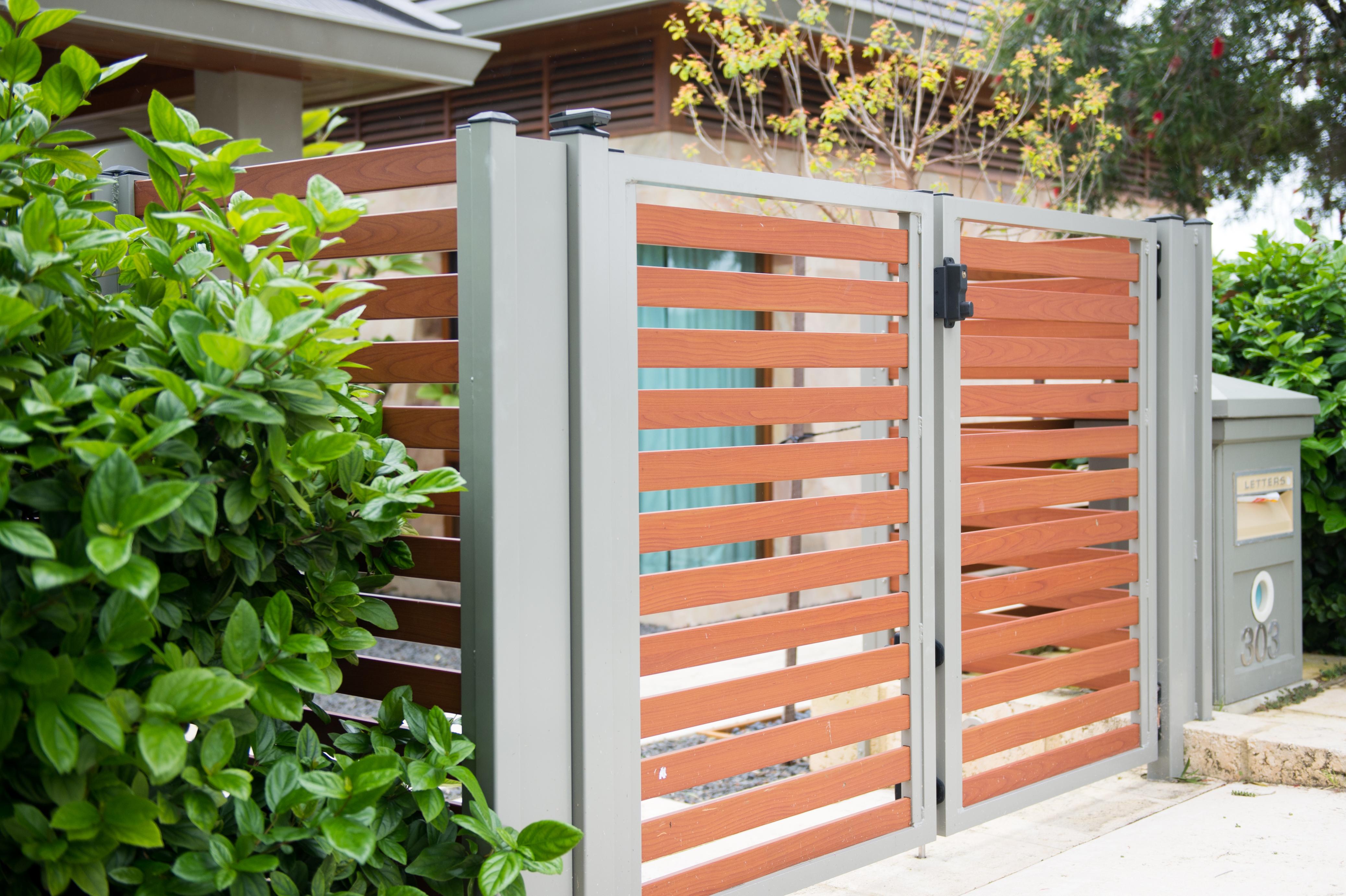Considering Slat or Panel Fencing? Here are Some Regulations You Need to Abide By
Slat fencing is a fantastic option for home or business owners who want complete privacy control, whether you want to install fencing for security reasons, appearance, to establish safe borders or to add substantial value to your home. However, with this type of fencing in Perth and wider WA there are building regulations and permits you need to be aware of.
Not following the proper procedures before you install a fence can waste a lot of time and money – there are city rules, local ordinances and building regulations that may apply to your property before you can construct or install a fence. Research is absolutely vital so before you put shovel to soil, check out these tips.
Height and Spacing
Every suburb in Perth and WA has its own fence height regulations that you must adhere to. Normally, a front yard fence will be around 1,200mm to 1,800mm high, while the common height for backyard fencing is anywhere between 1,800mm to 2,400mm high. Height will be largely dependent on the purpose of your fence as fences for privacy requirements will need to be taller.
Local councils also have strict regulations regarding the allowable gaps between each individual slat, for slat fencing at the front of a property. The allowable gaps between slats for front slat fencing, is governed by visual permissibility requirements – the amount of visual sight that can be blocked by a fence. These requirements vary between different councils, as well as locations in different councils, so it is very important to check what is allowable for your property. There is also specific requirements for slat fencing when it is used pool fencing. A planning office in your local council will be able to advise you on all the compliance issues relating to fencing for your property.
Materials
Due to heritage conservation, style, safety and fire prevention some fencing materials are prohibited. These can include anything from wire to bamboo so it’s a good idea to check if any restrictions will apply to proposed fencing for your property.
Neighbours
Property line locations are often the source of friction between neighbours so make sure your open and upfront about your fencing plans and intentions. If you are guessing the location of boundary lines, you run the risk of being forced to take your fence down as well as upsetting your neighbours.
Knowing where your property lines end and handling any disputes thoroughly can make a huge difference. Use your plot plan to identify property lines and be sure to mark them. Alternatively you can have a surveyor come in and identify them for you. Most properties have uneven or unusual shaped sizes so don’t just assume your block is square – if you’re unsure it’s best to get a professional to save hassle and extra costs down the track.
To build a ‘neighbour friendly fence’ make sure you discuss your plans with them so they are aware of how it will be constructed. If it’s on the dividing line, have the agreement in writing. This should include the common boundary that will be fenced, the estimated costs and a proposed type of fence. If this agreed upon by both you and your neighbour, they may even be liable to pay half of the cost.
Building Permits
A building permit maybe required for some fence installation so obtaining this in the early stages before you begin installation is crucial. Whilst all reputable fencing companies will be able to advise you on the legislative requirements, ultimately it is the homeowners’ responsibility to ensure fencing meets council requirements relating to the regulations to do with spacing requirements, height and use of materials. It is also up to the home owner to obtain any required building permits.
When you apply for a building permit you will receive a copy of the rules that apply for the fences in your area. This will include all setbacks, sidewalks and roads, allowable heights and information regarding the property lines. If you live in a development that has its own private regulations, it’s in your best interests to check with the planning committee, as the development will likely have additional planning requirements and regulations.
Don’t Forget Your Gates
Having your gates in convenient places requires careful planning, and is just as essential as the fencing preparation. Consider where you want your points of access and how many gates you will need to install. Fencemakers consultants will be able to advise you on special lock arrangements that will allows for meter readers to have access to your property, whilst still allowing for a lockable lock at the front of your property.
Pedestrian access can be handled with 910mm wide gates but yard gates sometimes require a more spacious opening to cater for lawn mowers, wheelbarrows and other bulkier garden items.
Other important factors to consider include insurance cover for any installation damages to power lines or water pipes where the fencing company will be digging. It is important to note that it is the homeowner’s responsibility to inform the fencing contractor of the potential of any underground services, and if nothing is mentioned then it is assumed that nothing is present. Quality fence installation is more than just digging a few holes and knocking in posts, so it’s vital you do your research in the initial planning stages. Please feel free to contact Fencemakers when you are at the planning stage, because proper planning of fencing and gates will ensure you get the best possible result, and could save you a lot of money.

